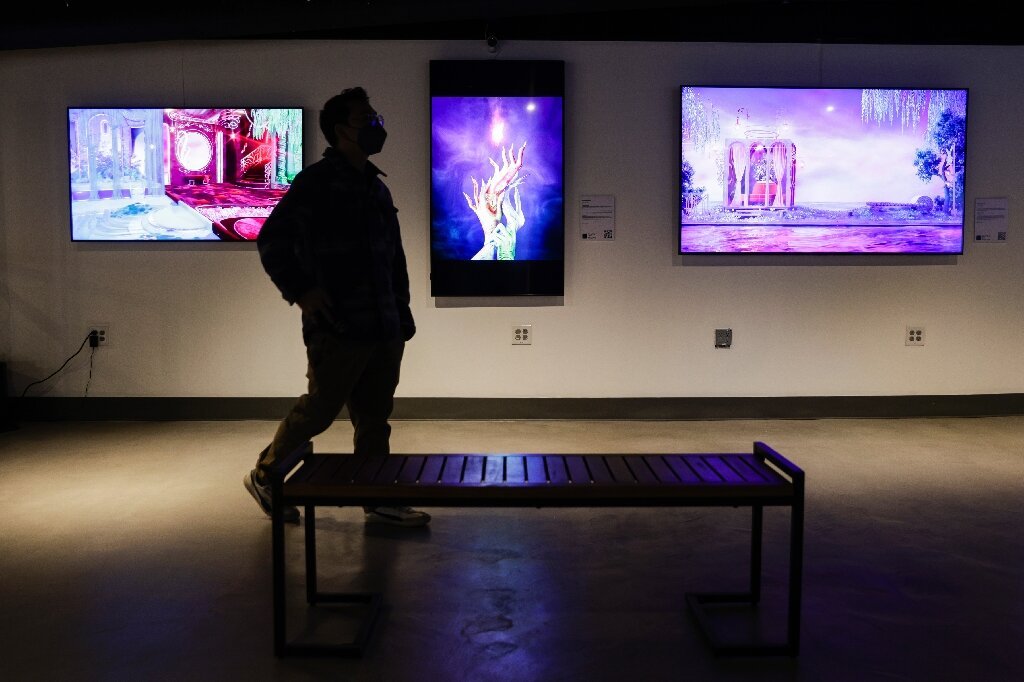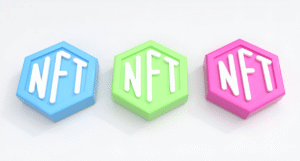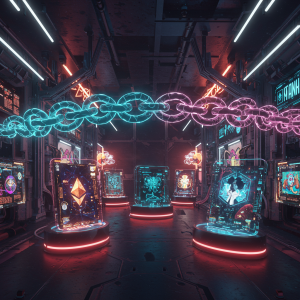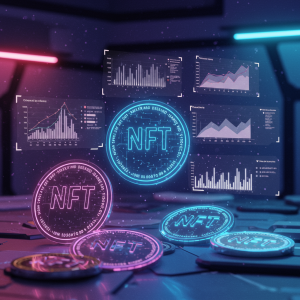Cultural Heritage Preservation Through Distributed Ownership: How Museums Are Using NFT Fractionalization

Museums worldwide face mounting challenges. Budget constraints limit acquisition capabilities. Restoration costs climb steadily higher. Storage facilities overflow with artifacts most visitors never see.
These institutions hold our collective cultural memory, yet traditional funding models strain under modern pressures.
An unexpected solution has emerged from blockchain technology: fractional NFTs allowing distributed ownership of cultural treasures.
Beyond the NFT Hype: Practical Applications
When most people hear “NFT,” they think of speculative digital art sales and cartoon apes. The museum world has discovered something far more meaningful.
Fractionalized NFTs split ownership rights into thousands of small pieces, allowing many people to share in cultural heritage preservation.
The Uffizi Gallery in Florence pioneered this approach when they tokenized Michelangelo’s “Doni Tondo.” The physical painting remained in the museum, but digital ownership certificates helped fund crucial preservation work.
Their success inspired institutions worldwide to explore similar models.
How Fractional Ownership Works
The process begins when a museum creates a digital twin of an artifact—a detailed 3D scan or ultra-high-resolution photograph documented on blockchain.
This digital representation gets divided into thousands of unique tokens, each representing partial ownership.
Participants purchase these tokens knowing their funds directly support preservation efforts. They don’t own the physical object, but they become stewards of its digital counterpart and supporters of its physical preservation.
When structured properly, these arrangements create sustainable funding that doesn’t depend on admission tickets or gift shop sales.
Democratizing Cultural Stewardship
For centuries, cultural preservation remained the domain of wealthy patrons and government institutions. Fractional NFTs fundamentally transform this dynamic.
History enthusiasts worldwide can now participate directly in preserving artifacts they care about. This global community of supporters often develops passionate connections to “their” artifacts.
The Metropolitan Museum’s Digital Vault program demonstrates how technology can engage global audiences while maintaining scholarly standards. Their approach to digital preservation lays groundwork for eventual tokenization models.
Beyond Funding: Expanded Engagement
Distributed ownership creates unexpected benefits beyond financial support. Token holders become passionate advocates for “their” artifacts and the museums housing them.
At InboundMarketo, we’ve observed similar community-building effects when audiences become stakeholders rather than passive consumers. Museums are discovering this same principle.
Online communities form around specific collections. Specialized knowledge emerges from unexpected sources. New digital experiences develop that complement physical museum visits.
Some museums offer token holders special access privileges—behind-the-scenes conservation updates, virtual curator talks, or voting rights on exhibition topics.
Technical Implementation Challenges
Establishing these programs requires careful planning. Museums must balance technological innovation with institutional integrity.
Blockchain transactions consume substantial energy, though newer systems address this concern. The Sustainable Blockchain Coalition works with cultural institutions to minimize environmental impact while maximizing heritage preservation.
Legal frameworks still evolve regarding fractional ownership of cultural artifacts. Museums navigate complex questions about intellectual property rights, export regulations, and donor agreements.
Case Studies in Preservation Success
The National Museum of Brazil rebuilt its digital collection after devastating fires destroyed much of its physical holdings. Fractional NFTs funded the digital reconstruction while creating a global community invested in the museum’s recovery.
A consortium of smaller European museums pooled resources to tokenize their most valuable pieces collectively. This collaborative approach granted each institution financial stability while preserving local curatorial control.
Indigenous communities in Australia partnered with technology providers to document and tokenize cultural heritage that was previously at risk. Community elders maintain governance over these digital assets while receiving preservation funding.
Beyond Valuable Art: Preserving Overlooked Heritage
While famous artworks generate headlines, museums increasingly use fractionalization to preserve less celebrated but culturally significant artifacts.
Endangered language recordings, traditional craft techniques, and local historical documents receive preservation funding through these programs.
This approach particularly benefits smaller regional museums preserving locally important heritage that might otherwise lack resources for proper conservation.
Building Sustainable Models
The most successful museum NFT programs establish long-term value rather than chasing short-term trends. They emphasize authentic connection to cultural heritage over speculation.
Token holders receive regular updates about conservation progress. They learn about historical context and preservation techniques. Their connection deepens over time.
Many programs incorporate automatic funding triggers—a percentage of secondary market sales goes directly to conservation efforts, creating ongoing revenue beyond initial offerings.
The Future of Cultural Preservation
As these models mature, we’re likely to see hybrid approaches combining traditional museum funding with distributed ownership. The combination creates resilience against economic uncertainty.
For museums, fractionalized NFTs represent more than technological novelty. They embody a philosophical shift toward shared stewardship of our collective cultural heritage.
In a world where cultural artifacts face threats from climate change, political instability, and economic pressures, distributed ownership offers a promising path toward sustainable preservation.
The artifacts of our shared human story deserve nothing less than our collective care.








